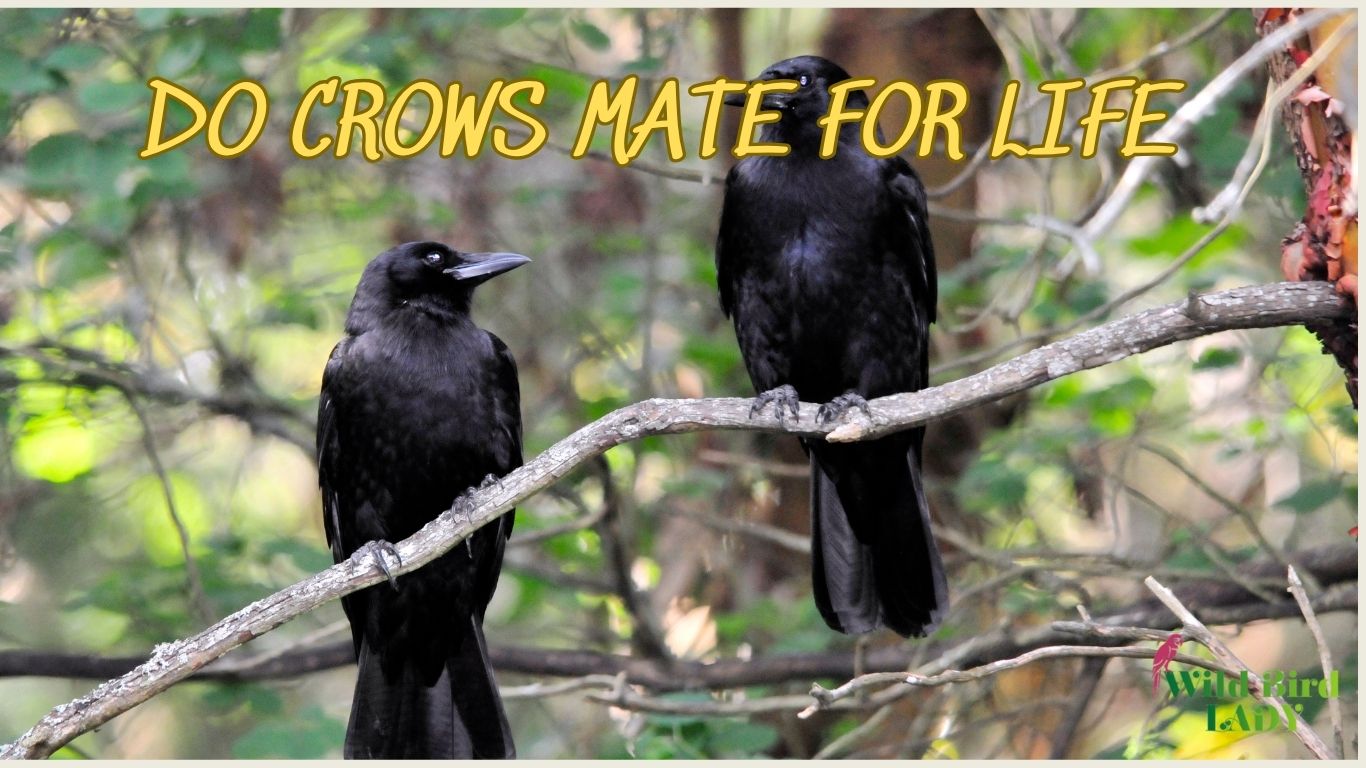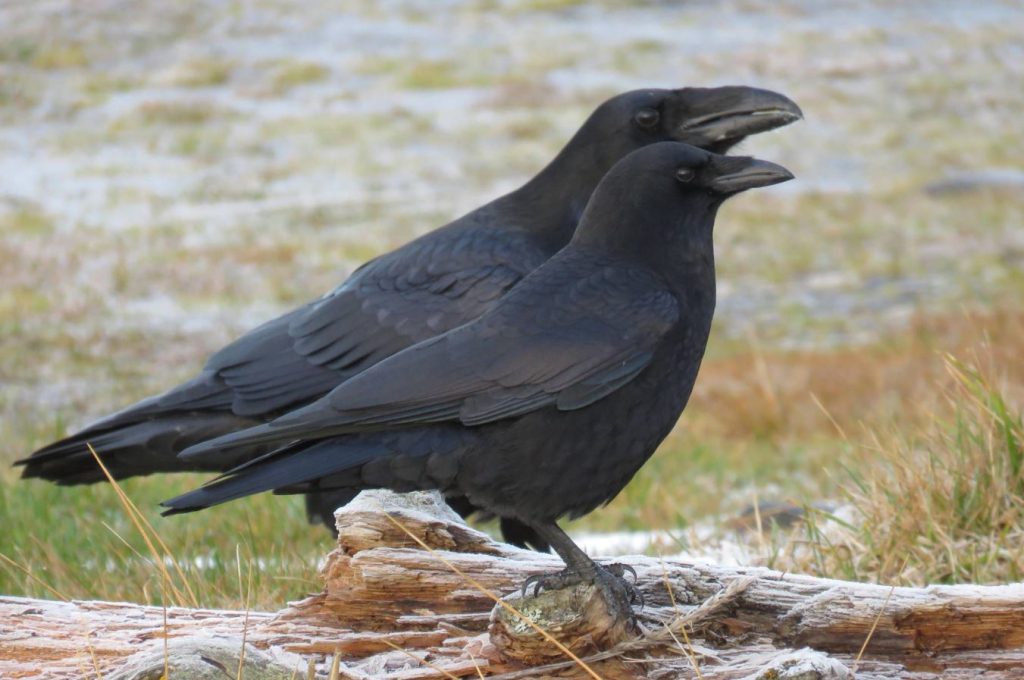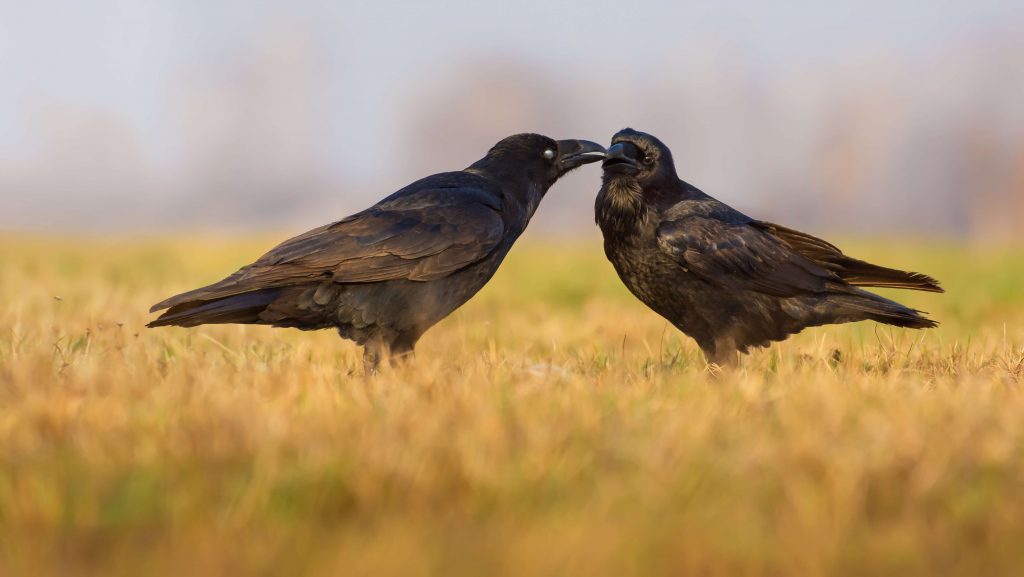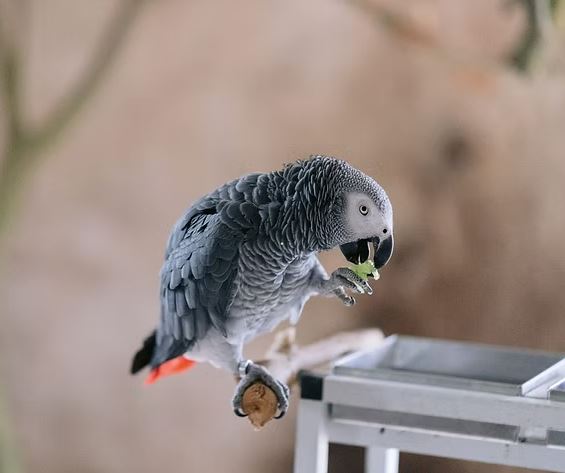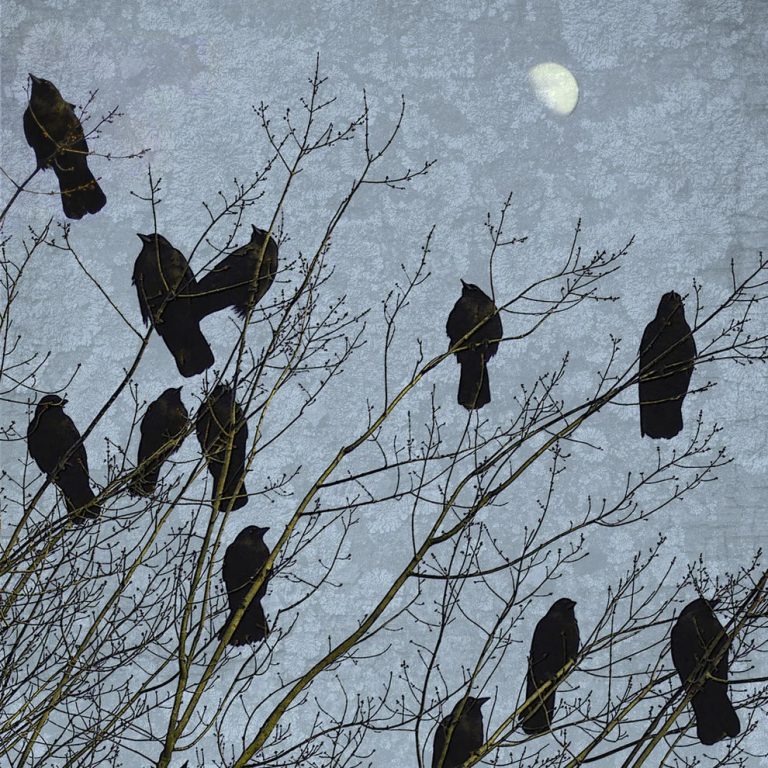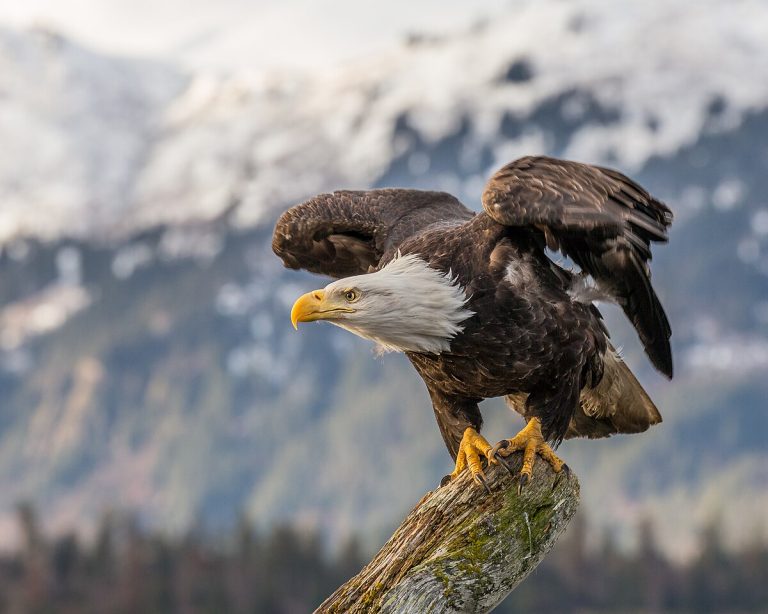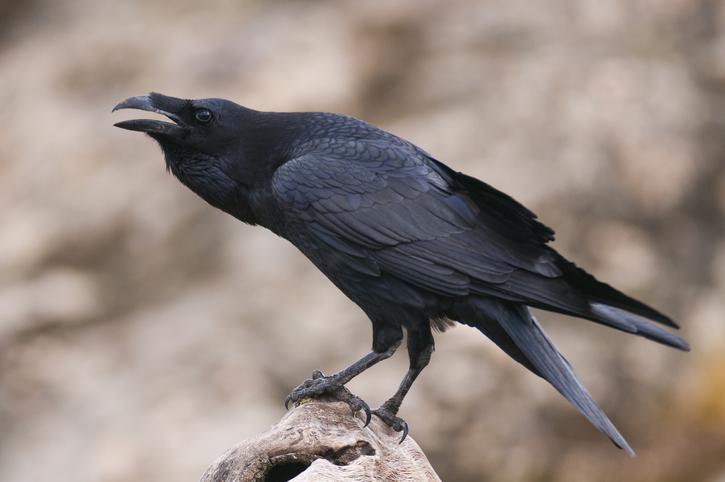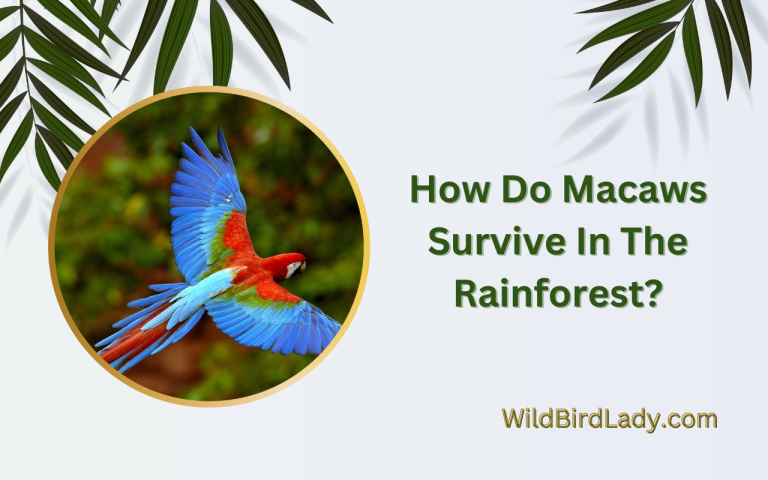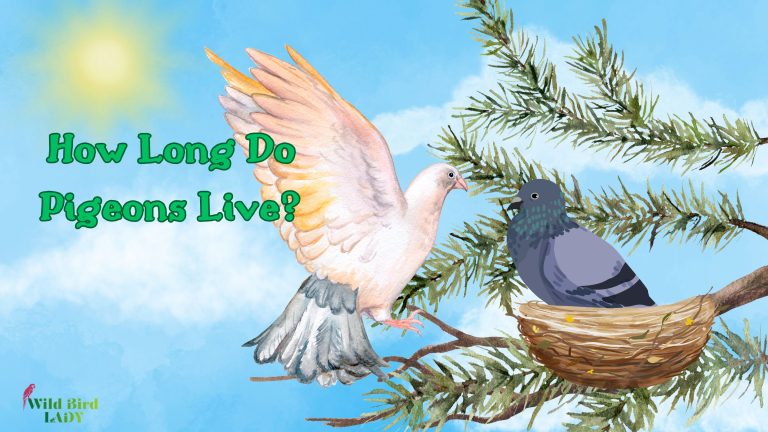Do Crows Mate for Life? An In-Depth Look at Crow Relationships
By Rifat Ahmed | Birdwatching Expert with 13+ Years of Experience
As someone who has spent over a decade observing birds in their natural habitats, few creatures have fascinated me more than the intelligent and mysterious crow. These black-feathered birds are often misunderstood, but behind their eerie caws and dark plumage lies a world of complex social structures, family bonds, and—yes—long-term relationships. One of the most common questions I receive is: do crows mate for life?
In this comprehensive guide, I’ll dive deep into the mating behavior of crows, drawing from over a decade of personal field experience and insights from leading ornithological research. If you’ve ever been curious about how loyal these birds truly are, or what “mating for life” really means in the bird world, you’re in for an enlightening read.
Do Crows Mate for Life?
The short answer is: yes, crows typically do mate for life—but with some nuance. Most crow species form monogamous pair bonds that last for many years, often until one partner dies. These lifelong pairings go beyond mere mating; they include cooperation in building nests, raising young, and even defending territory together.
According to the Cornell Lab of Ornithology, American crows (Corvus brachyrhynchos) are “monogamous breeders that form long-term pair bonds”—a trait also observed in carrion crows, hooded crows, and house crows.
So, while it’s fair to say crows mate for life, there’s more to the story—especially when we look into the social dynamics and breeding behavior of these fascinating birds.
How Crow Pair Bonds Are Formed
From my field notes across North America and Southeast Asia, I’ve watched countless crow courtships unfold. The process is surprisingly tender and involves a mix of vocalizations, food sharing, grooming, and cooperative behaviors.
Courtship Behavior
- Vocal Exchanges: Males often perform a series of soft calls to the female during the courtship period. These calls are less harsh than their usual caws.
- Allopreening: Mutual grooming, especially around the neck and head, is a common way to strengthen bonds.
- Food Sharing: A male will offer food to the female, either by regurgitating it or presenting it directly.
Once the bond is established, these pairs rarely separate. Over time, their cooperation only deepens, especially when it comes to nesting and parenting duties.
The Role of Family in Crow Society
Here’s something that might surprise you: crows often raise their young with help from previous offspring.
This behavior is known as cooperative breeding, and it’s particularly common in American crows. I’ve personally observed adult crows being assisted by 1–4 “helper” crows—usually their own grown children from previous years.
Family Structure
- Alpha pair: The bonded mates who do the breeding.
- Helpers: Offspring from prior years who stay back and assist in rearing chicks.
- Extended family: Occasionally includes siblings, cousins, or unrelated crows.
This extended family structure is part of what allows crows to maintain such strong, long-lasting partnerships. Everyone has a role, and the loyalty within these groups is truly remarkable.
What Happens If a Crow’s Mate Dies?
Even though crows are known to mate for life, they are not immune to loss. If one member of a pair dies, the surviving crow will eventually seek a new partner—though not right away.
From both my fieldwork and existing literature, I’ve noticed:
- A mourning period: Surviving crows often show signs of grief—reduced vocalizations, less activity, or spending time alone.
- Delayed remating: It can take a full season or longer for the surviving crow to bond with another.
- Gradual courtship: The new pairing usually follows the same slow and respectful courtship process.
In one case I followed in rural Tennessee, a widowed male crow took nearly two years to find a new mate, during which time he continued to visit his old nest tree. Their emotional depth is no exaggeration.
Do Crows Cheat? Understanding Extra-Pair Copulation
Despite their reputation for monogamy, crows are not entirely free from “infidelity.” Scientific studies show that extra-pair copulation (EPC) does occur among crows, though it’s relatively rare compared to other bird species.
A study published in The Auk journal (Townsend et al., 2009) found that up to 20% of crow offspring may be the result of extra-pair mating—though the social bond between primary mates remains strong.
This suggests that while sexual exclusivity isn’t guaranteed, the social partnership is remarkably resilient. Much like in humans, the relationship is about more than just reproduction—it’s about survival, cooperation, and trust.
Why Do Crows Mate for Life?
From an evolutionary standpoint, long-term monogamy offers several benefits to crows:
- Increased Chick Survival: Two parents + helpers = higher chance of fledging young successfully.
- Stronger Territory Defense: Bonded pairs work together to protect their nesting area from predators and rivals.
- Efficient Resource Use: Sharing tasks like feeding, guarding, and teaching fledglings increases efficiency.
This strategy is particularly advantageous for species with higher cognitive abilities—and crows are among the smartest birds on Earth. Their problem-solving skills, memory, and social intelligence all support the development of deep, lasting relationships.
Comparing Crow Species: Are All Crows Monogamous?
Not all crows behave identically, though monogamy is common across most species. Here’s a quick comparison:
| Species | Mating System | Notes |
|---|---|---|
| American Crow | Monogamous | Cooperative breeders, often with extended families |
| Carrion Crow (Europe) | Monogamous | Strong pair bonds, sometimes form small flocks |
| Hooded Crow | Monogamous | Similar to carrion crows but more solitary nesting |
| House Crow (Asia) | Semi-monogamous | More urbanized, higher EPC occurrences |
| Jungle Crow | Monogamous | Less studied but appears to form lasting pairs |
So, while the core behavior of mating for life holds true, variations exist depending on environmental pressures and social structures.
Lifespan and Longevity of Crow Pair Bonds
Crows can live surprisingly long lives for wild birds, especially in stable habitats.
- Average lifespan: 7–10 years in the wild
- Longest recorded lifespan: 29 years (in captivity)
Because of this long life expectancy, crow pair bonds can last for decades. This extended partnership contributes to greater breeding success and stability for future generations.
Mating Rituals and Nesting Behavior
Crows usually breed once a year, starting in early spring. Here’s what their mating and nesting process typically looks like:
Mating Season
- Begins: Late February to early April (in most regions)
- Duration: Pairing behavior can last for weeks before actual copulation occurs
Nest Building
- Cooperative effort: Both mates gather sticks, twigs, and soft materials
- Location: High in trees, telephone poles, or even buildings
- Reuse: Some pairs return to the same nesting site year after year
Raising Young
- Incubation: 17–20 days
- Fledging: 30–35 days post-hatch
- Helpers: Older siblings assist in feeding and protecting chicks
Signs That a Crow Pair Is Mated for Life
If you’re birdwatching and want to identify a mated pair, look for:
- Consistent companionship: They’re almost always together.
- Synchronized movements: Walking, flying, and vocalizing in unison.
- Co-nesting: Sharing time around the nest site or feeding chicks together.
- Allopreening: Mutual grooming is a clear sign of emotional bonding.
Over the years, I’ve even seen mated crows reunite after short separations with affectionate caws and touching gestures. The emotional intelligence these birds display is deeply moving.
Final Thoughts from 13+ Years in the Field
After over a decade of closely observing crows across different continents, I can confidently say that their mating habits are among the most sophisticated and heartfelt in the bird world.
Do crows mate for life? Absolutely—most of the time. But even more fascinating is how they nurture their relationships, raise families together, and form a social world that rivals our own in complexity.
If you’ve ever doubted the emotional capacity of birds, just spend a few weeks observing a crow family in your neighborhood. You’ll walk away changed—just like I did all those years ago.
FAQs About Crow Mating
Do crows mourn the loss of their mate?
Yes. Crows have been observed grieving, especially when a long-term mate dies. This can manifest in behavior changes and vocalizations.
Do all birds mate for life like crows?
No. Only about 90% of bird species are socially monogamous, and fewer are sexually monogamous. Crows are among the few that form true long-term bonds.
Can crows switch mates if they don’t breed successfully?
Yes, but it’s rare. If a pair repeatedly fails to produce offspring, one may seek a new partner over time.
How old are crows when they start mating?
Crows typically begin mating around 2–4 years of age, though they may help raise siblings before that.
If you found this article helpful, I invite you to explore more crow-related topics and bird behavior insights on my homepage. There’s a whole world of feathered wonder out there.

